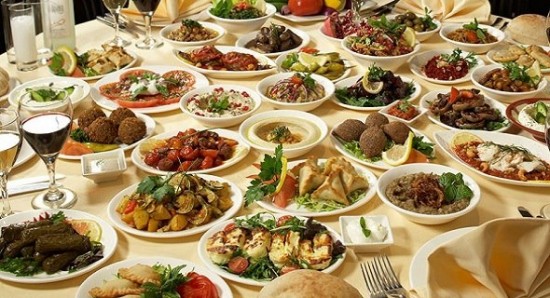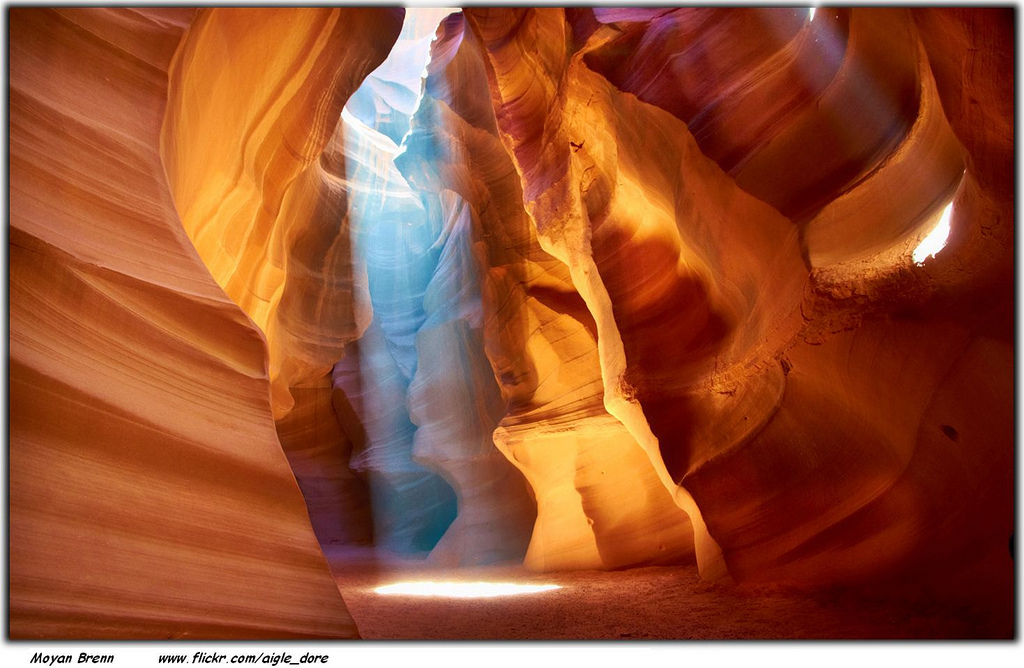I once saw the tip of Africa far away behind the mist, from Gibraltar. The only other time I’ve ever been between two continents, staring from one into the other, was one summer in the Port of Istanbul.
A city of contrasts and a meeting point for Asian and European cultures, Istanbul has a quality that doesn’t betray it’s particular geography. As soon as you enter the blue-green Bosphorus, the domes of its grand mosques dominate the scene, endowing it with an almost fairy-tale-like quality; this is a land of princesses and rich palaces, of sultans and their well-guarded harems, of magic carpets and a thousand fascinating tales. When the sun sets and the night falls, the sound of prayer rises and fills the air with dreamy tones and mourning songs. It is just sheer beauty to sit out of doors and watch the purple sunset, while listening to the beautiful music of the Mosque.

When the song is over, you can do as I did, and walk the couple of blocks from the cruise ship terminal to the closest place of worship. But instead of going into the Mosque, I would take a left and walk into one of Istanbul’s most fascinating and traditional spots: the Nargile café area. Nargile is the famous Turkish water pipe; always a favorite souvenir. They have all it in all kinds of flavors; all the fruits and spices of the world. The Nargile’s effect on the smoker tends to be one of utter relaxation. This is where Turkish men will come to see the soccer matches of the world-cup in big screens, sitting comfortably on the lush colourful pillows of gold and red and green, around the low wooden tables, smoking Nargile, playing backgammon (or, as my Armenian family would call it, tavli), in their traditional hats, with the long beards and the westernized clothes. But there is one big difference between the endless succession of bars in the Nargile alley and a place like this anywhere else in the world: there is no alcohol drinking in the former. Turkish people will drink you under the table two blocks from there, but they will be dead before they have a beer by the side of the Mosque; in Muslim culture, “wine” is perceived as the enemy, and, in ancient times, it was very easy to fall out of grace if one was perceived to have given in to its charms.
When you have already drunk too much tea, as I did, or smoked enough Nargile, as my friend Nancy would, you have two choices in my book: you can either head to Galata Tower for a fabulous Turkish dinner, traditional music and a belly-dancing show, with the most entrancing view of Istanbul by night, or, if you are into night-life, you should take a taxi to nearby TAKSIM Square, the large pub and night-club pedestrian area; if you pay more than 5 dollars they are ripping you off, which most Turkish vendors will try to do, by the way. And, on this note, a word of advice: whatever you do, don’t buy an overpriced carpet, and, if you are gullible enough, stay clear of the Bazaar altogether.
TAKSIM Square is like no other place I have ever seen around the world. It stretches for blocks and blocks of live music bars, restaurants and pubs, with multicolored bean bags set all over the dozens of pedestrian streets, where Istanbulians and tourists alike walk around en masse from one locale to the other, stopping here for a drink, there for a dance in one of the terrace discos, where you can dance to the latest Western and Turkish hits, until the morning.
After you have sweat it out on the dancefloor, come sunrise, if you get hungry, you can have some of the delicious jumbo mussels and corn-on-the-cob that are always available on the street, as you walk around the still lively Taksim.
If you take the subway to go back to Taksim the next morning, you will find a busy shopping area, abundant in fancy clothes, big bookstores with English sections, thank God, where you can find lots of Turkish writers in translation, and Music stores to buy the divine Turkish music CDs. Families and friends will come here for lunch, and you should too: fast-food-type Turkish restaurants are a delight, and a rather inexpensive one; don’t miss the dolma (rice-filled vine leaves), the zuberek (cheese pastry) and the kefte (minced meat and wheat).
During my time in Istanbul, I didn’t visit Mosques, Palaces or Museums; I stayed at the lovely and unpretentious Yasmak Sultan hotel, and enjoyed the atmosphere of the city and its people, I made friends who took me places, I played mini-golf on the street at 2 AM, I saw a beautiful wedding party on the top floor of the ancient Galata tower and I fell in love with all of it.
Yet only two things, two moments will remain in my memory forever. One was the moment when I realized that, in spite of the conflict between Armenians and Turks, the Turks had the same faces as Armenians, they ate the same food, their music was undeniably like ours, and I realized that somehow I had found more familiar things in Turkey than in Armenia many years before (see my Istanbul poems about this here). The other moment is my treasure, my sacred thing that I stole from the generous city which had given it all to me.
One night I took an aimless walk; I wandered past the Nargile alley and the Mosque into empty indistinct streets, away from the shops and restaurants. Among the ugly buildings and soiled sidewalks, I started hearing traditional Turkish music, with a persistent bass drum and the unmistakable sound of the typical wind and string instruments. I started looking around dark frightening alleys, searching for the source of my pleasure. Alone in a strange place, wandering through the bad part of town, the last thing you wanna do is glide into a dark alley. But, so I did, lured in by the entrancing music. As it turned out, I ended up casually eavesdropping on a family celebration.
My friend Nancy, who was always making friends with old men in square hats named Ahmed, who, of course, told her stories, had told me about the Turkish circumsition ritual. Turkish boys were circumsized at the beginning of puberty, when it was not exactly a painless affair. To celebrate this, they had a big bash, where the boy in question would wear a colorful traditional outfit. One look at the alley crowd, the boys in tall hats and blue-golden costumes, the women with jingly scarves tied around their waists, the musicians with their traditional instruments, the garlands and the coloured light bulbs around the yard, and I knew I was at a circumsition feast.
HERE IS SOME VIDEO OF MY ISTANBUL TRIP:
In the middle of a big circle of neighbours, relatives and onlookers, women and children were dancing. The music, the joy of the people, the spontaneity and the reality of it all were such a gift to me; the women were not skinny and blonde like the belly-dancers at Galata, but they were unquestionably much more beautiful, and, except for myself, there wasn’t one tourist in sight.
This was the last I saw of that magnificent city before I sailed away; the dark-haired women in vaporous white skirts and lavender and silver jingly scarves, surrounded by their children in red and blue and gold, gracefully dancing into the depths of the cool Istanbul night.



Lovely narrative. Your opening paragraphs took me there. I too have seen the same from Gibraltar, and later from Morocco, and photographed the point where the Med meets the Atlantic.
I haven’t been to Turkey yet and I hope to make it to Istanbul n the next couple of years.
PS Thank you for the link. I too have added you to my Links page 🙂
Istanbul is truly a fantastic city but you have to know the insider tips to make the most out of it, for this you can visit; http://www.best-of-istanbul.com